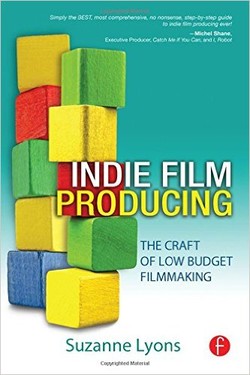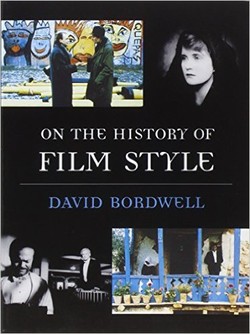کتاب “سائول باس” اولین کتابی است که زندگی و کار چهره برجسته، سائول باس را بررسی میکند و زندگی حرفهای انقلابی و اثر جاودانهاش بر صنایع سرگرمی و تبلیغات را کاوش میکند.
Jan-Christopher Horak، آثار باس را از مراحل اولیه او بهعنوان یک هنرمند خودآموخته تا اوج حرفهایاش، زمانیکه کارگردانانی همچون Stanley Kubrick، Robert Aldrich و Martin Scorsese بهعنوان یک همکار، به دنبال او بودهاند را دنبال میکند.
او همچنین بررسی میکند که چگونه باس مفاهیم زیباییشناختی هنر مدرن را در کار خود قرض گرفته است، و با ارائه آنها در یک روش جدید، تشخیص آنها برای عموم را آسان کرده است.
Jan-Christopher Horak، آثار باس را از مراحل اولیه او بهعنوان یک هنرمند خودآموخته تا اوج حرفهایاش، زمانیکه کارگردانانی همچون Stanley Kubrick، Robert Aldrich و Martin Scorsese بهعنوان یک همکار، به دنبال او بودهاند را دنبال میکند.
او همچنین بررسی میکند که چگونه باس مفاهیم زیباییشناختی هنر مدرن را در کار خود قرض گرفته است، و با ارائه آنها در یک روش جدید، تشخیص آنها برای عموم را آسان کرده است.
سال انتشار: 2014 | تعداد صفحات: 492 | حجم فایل: 8.09 مگابایت | زبان: انگلیسی
Saul Bass: Anatomy of Film Design (Screen Classics)
نویسنده:
Jan-Christopher Horak
ناشر:
The University Press of Kentucky
ISBN10:
0813147182
ISBN13:
9780813147185
































